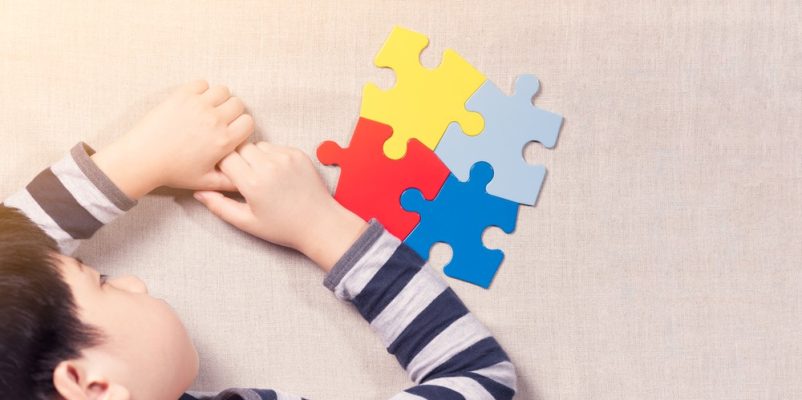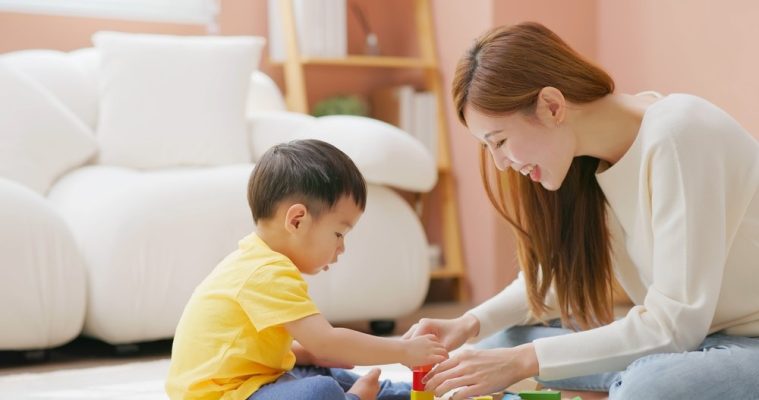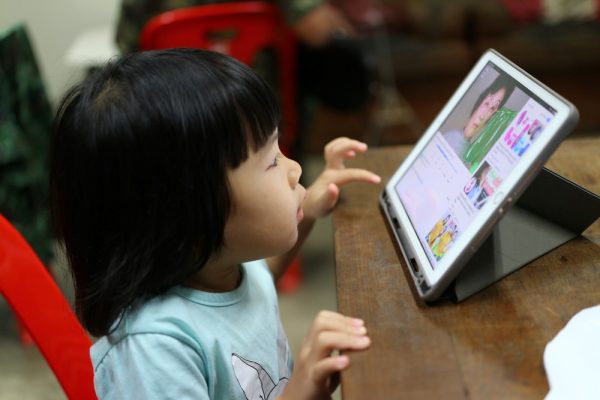system

Written by: Pang Chi Wah, Registered Educational Psychologist
In recent years, environmental awareness has been on the rise. As a parent, you can cultivate an eco-friendly and meaningful hobby like stamp collecting for your child. This can also serve as a simple and convenient parent-child activity.
Parents who work in an office often need to open various types of mail, which often come with used stamps. While we may think those stamps are worthless, they can actually be great materials for a free parent-child activity. We can bring the different types and sizes of envelopes and stamps from the office back home, and let the children go through the whole process of stamp collecting:
- Cut the stamps off the envelopes.
- Soak the stamps in water for a while.
- Slowly peel the stamps off and let them dry.
- Once the stamps are dry, they can be placed in a stamp album.
This process of handling the stamps can not only train the children’s patience and focus, but also enhance their self-management abilities. They can also learn different information from the envelopes and stamps, such as the names of different countries and regions, various denominations, and stamp designs, thus developing their multiple intelligences.
Some parents like to use toys as rewards to encourage their children, such as rewarding them with stickers after they finish their homework. Stamps can actually be more effective rewards. Whenever the child completes certain tasks, they can be given a stamp as a reward, and the more beautiful or rare the stamp, the more effective the reward will be. This not only reduces the negative impact of material abundance on the children, but stamps also have aesthetic value and can be stored for a long time. Most importantly, we can appreciate the stamp album together with the children, which can serve as a tool for parent-child communication.

Additionally, Hong Kong frequently launches new stamps and themed first-day covers, which parents can acquire at reasonable prices to greatly expand the variety of stamps, designs, and sizes for their children. If parents travel or go on business trips abroad, they can also collect local stamps, especially the cheapest ones, like the one-penny stamps in the UK. Parents can also ask their relatives, friends, and colleagues to bring back stamps from their travels or business trips, which can greatly diversify the stamp collection for the children through different acquisition channels.
Why not try this meaningful reward system and parent-child activity with your family?















